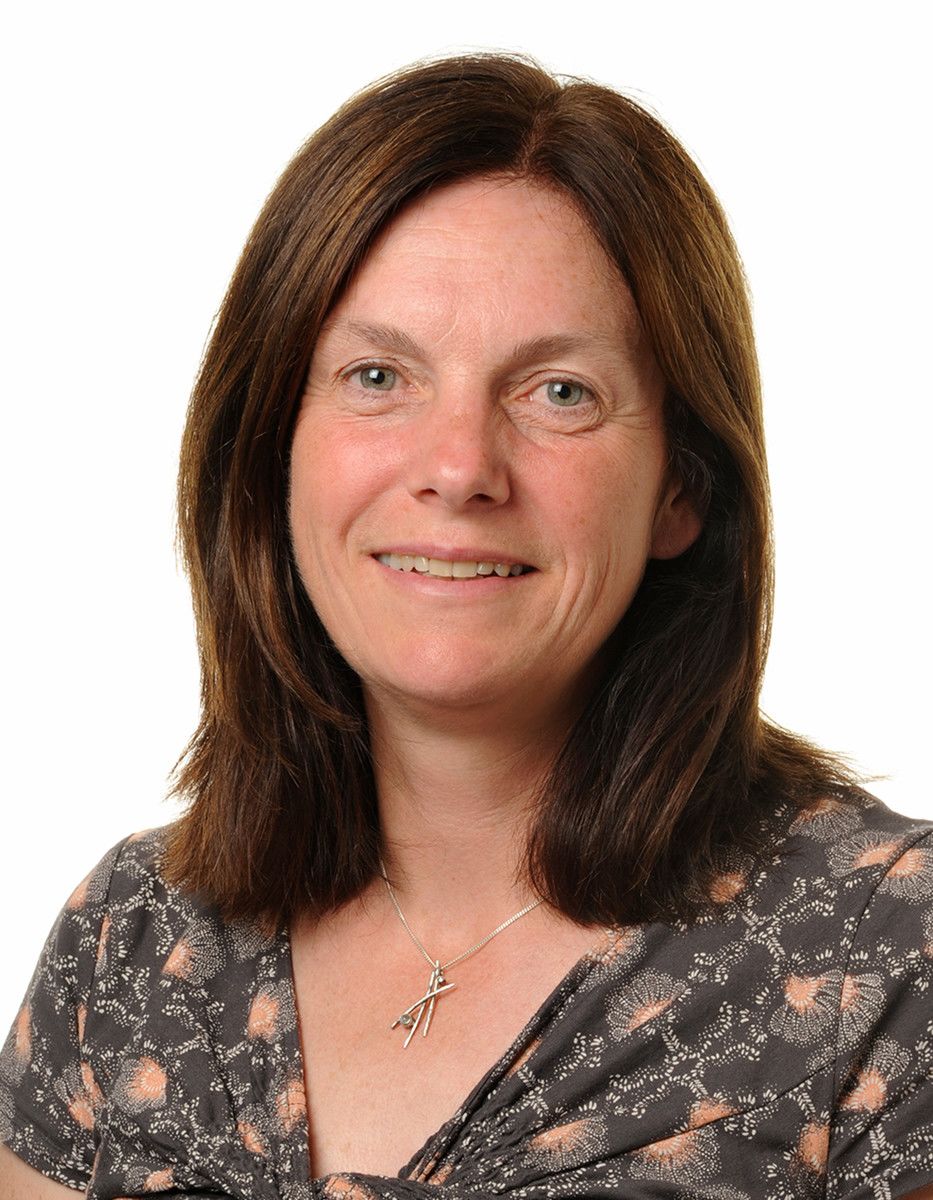Modelling healthy AND sustainable diets
Aberdeen research has underpinned new dietary guidelines around the world that link nutritional and sustainability data.

Food systems are a major contributor to climate change, with a UN-backed report estimating that food production, processing and packaging account for over one third of global greenhouse gas emissions. Until recently, dietary guidelines focused almost exclusively on nutritional value, failing to take environmental impacts into account. Working with the World Wildlife Fund UK, researchers at the University of Aberdeen have sought to fill this gap by creating a new modelling tool that combines nutritional and sustainability data.
Modelling a solution
Research led by Professor Jennie Macdiarmid at the Universty of Aberdeen has succeeded in linking healthy diets with sustainable ones. Initial work focused on developing a mathematical model. Using ‘linear optimisation’, the team tested the compatibility of diets that meet dietary requirements for health with the dietary changes needed to reduce greenhouse gas emissions. They then used the results of the modelling to create a database of individual food and drink items, enabling them to develop sample menus that combined detailed nutritional information with comprehensive product life-cycle analysis. This was the first time such analysis had been applied to nutritional guidance.
The modelling resulted in a new set of dietary guidelines – the World Wildlife Fund UK’s Livewell Plate – designed to illustrate the balance of food and drinks required for a healthy and sustainable diet. The Livewell Plate, which has been updated an renamed ‘Livewell: eating for two degrees’, is being used to inform dietary guidance around the world, including in France, Sweden, Spain and China. Global companies including IKEA and Sodexo, and UK-based Tesco, are also using the research to ensure their food offerings are both healthy and sustainable.

Professor Jennie Macdiarmid
Professor Jennie Macdiarmid
Further applications of the research
As well as the Livewell Plate, the Aberdeen team have applied the modelling method to other parts of the food system:
- In a Wellcome-funded project with the London School of Hygiene and Tropical Medicine, the researchers adapted the model to consider the implications of meat and cereal consumption in India. The project found that increased consumption of both animal-based products and cereal production resulted in increased greenhouse gas emissions.
- The team also applied the model to the land use associated with 23 nutrients commonly found in the UK diet. Their research demonstrated that, from a land use perspective, roots, tubers and vegetables are the most land-efficient producers for those 23 nutrients.
- Again using the original model, the team has also explored the affordability of healthy and sustainable diets. By examining the greenhouse gas emissions for different income groups, they found that diets of all income levels had similar total greenhouse gas emissions, but that the source of those emissions differed. By reducing animal-based products and increasing plant-based foods in tailored ways, the study found that it was possible to create affordable and nutritious diets with a 57% reduction in greenhouse gas emissions.
Impacts
- Aberdeen research was the first to use mathematical modelling to create new dietary guidelines that combine nutritional advice with sustainability. The research has been used by governments and industry around the world.
- In Scotland, the research has created an evidence base that has underpinned transformational change in school food provision.
- Global companies have responded to the guidance by changing their own approach to nutrition and sustainability. For example, the World Wildlife Fund has worked with IKEA to explore a sustainable alternative to meatballs, which accounted for over half of food sales and about three quarters of the carbon footprint. New plant-based meatballs have now been developed and are becoming available in IKEA stores around the world.
- The research is continuing to inform international dietary guidance, including the FAO/ WHO Guiding Principles on Sustainable Healthy Diets.


